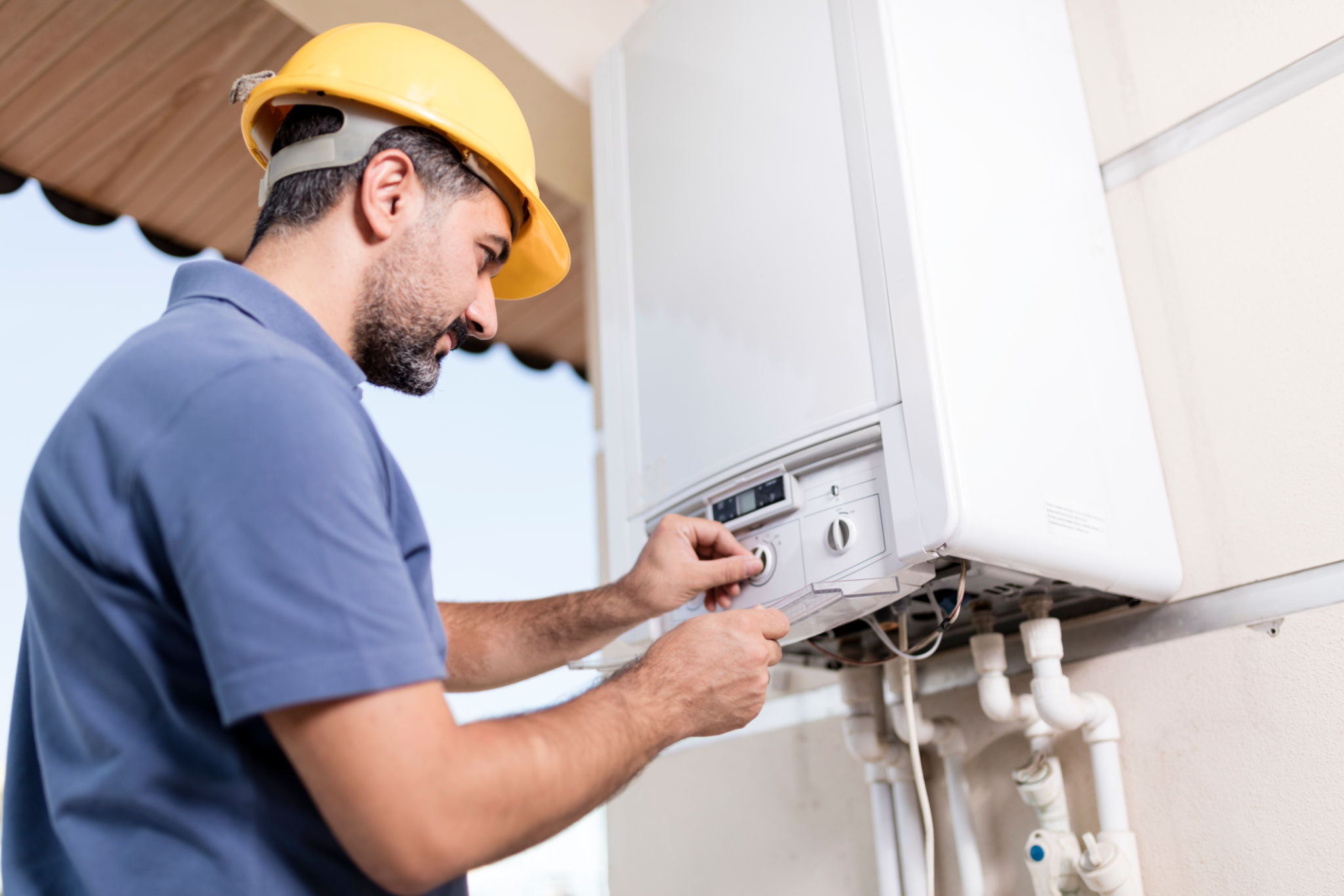Top Plumbing Trends: Innovations You Should Know About
HG
Smart Plumbing Technologies
In recent years, the plumbing industry has seen a surge in smart technologies that aim to improve efficiency and convenience. Smart plumbing systems can now be integrated with home automation systems, allowing homeowners to control their water usage through their smartphones. These systems can detect leaks, monitor water usage, and even shut off water in case of emergencies.
Smart faucets and showers are also gaining popularity. They allow users to set specific temperatures and flow rates, ensuring a consistent and comfortable experience every time. Some advanced models come with voice-activated features, adding an extra layer of convenience to modern living.

Sustainable Plumbing Solutions
With environmental concerns at the forefront, sustainable plumbing solutions are becoming more prevalent. Water-efficient fixtures such as low-flow toilets and faucets help conserve water without compromising performance. These fixtures reduce water consumption significantly, which is not only beneficial for the environment but also helps lower utility bills.
Another trend in sustainable plumbing is the use of greywater systems. These systems recycle water from sinks, showers, and laundry, treating it for reuse in irrigation or flushing toilets. This innovation reduces the demand for fresh water and promotes a circular approach to water usage.

Advanced Pipe Materials
The materials used in plumbing systems have evolved over the years, with modern advancements offering greater durability and efficiency. Cross-linked polyethylene (PEX) piping is becoming a popular choice due to its flexibility, resistance to scale and chlorine, and ease of installation. It also withstands extreme temperatures, making it suitable for various applications.
Additionally, chlorinated polyvinyl chloride (CPVC) pipes are being used for their excellent heat resistance and durability. These materials are not only more reliable but also extend the lifespan of plumbing systems, reducing the need for frequent repairs or replacements.

Touchless Fixtures
The demand for touchless fixtures has surged, especially in public spaces and commercial settings. These fixtures reduce the spread of germs by eliminating the need for physical contact. Touchless faucets and toilets are equipped with motion sensors that activate the water flow or flush automatically, ensuring hygiene and convenience.
Many residential properties are now adopting these touchless solutions, as they provide an extra layer of health safety while offering modern convenience. With increasing concerns about hygiene, this trend is expected to grow even further in the coming years.
Plumbing with IoT Integration
The Internet of Things (IoT) is revolutionizing various industries, and plumbing is no exception. IoT-enabled plumbing devices offer enhanced monitoring and control capabilities. Homeowners can receive real-time alerts about potential issues such as leaks or unusual water usage patterns directly on their smartphones.
These smart plumbing systems can also work with other smart home devices, creating an interconnected ecosystem that optimizes overall household efficiency. This integration not only provides peace of mind but also promotes proactive maintenance and energy conservation.

3D Printing in Plumbing
3D printing technology is beginning to impact the plumbing industry by allowing for on-demand production of custom parts and components. This innovation reduces lead times and costs associated with traditional manufacturing processes. Plumbers can now create bespoke solutions tailored to specific needs or repair requirements.
The use of 3D printing also enables rapid prototyping of new designs, encouraging innovation within the industry. As this technology becomes more accessible, we can expect its influence on plumbing to grow significantly.